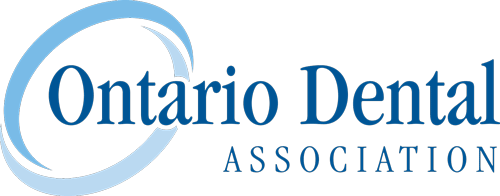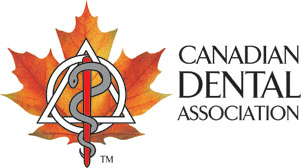
Clear aligners, such as Invisalign, can be used as an alternative to traditional metal braces to straighten teeth. Traditional braces (appliances) are “fixed” or bonded to the teeth; aligners, such as Invisalign, are “non-fixed appliances” that are removable orthodontic devices.
Compared to traditional wired-braces, Invisalign utilizes clear plastic aligners that come in different forms - including retainers and night guards.
The benefits of orthodontic treatment, either traditional or with aligners, extend beyond straighter teeth. Orthodontic treatment has also proven to improve patients' overall dental health, particularly periodontal health and oral hygiene.
Invisalign is not always suitable for all types of orthodontic treatment needs. It is important for patients to understand the most suitable treatment for their teeth by discussing their orthodontic diagnosis and treatment options with their dentist.
Here we outline the benefits of Invisalign to better understand its value in the field of Orthodontics.
Invisalign trays are clear with no brackets or wires that may cause irritations or lacerations in the mouth, providing patients with more comfort and confidence to wear. Moreover, Invisalign and other aligner treatments have shown to be significantly less painful than traditional braces that consists of adhesive bonding and metal brackets. Patients using fixed appliances reported to have higher discomfort, higher analgesic consumption, and higher sleep disturbances as opposed to patients using removable aligners, such as Invisalign.
Gingiva (gums) are the visible tissue that surrounds and supports the teeth. Invisalign promotes better gingival health due to easier oral hygiene maintenance. Since Invisalign is removable, it does not interfere or create additional steps to be taken during teeth cleaning procedures as opposed to fixed-wire braces that require extra care in cleaning - especially when flossing. Invisalign can be removed for brushing, flossing, and eating. Fixed orthodontic appliances, on the other hand, requires special attention for overall periodontal health maintenance because the brackets and wires can present s a barrier when brushing and flossing. A lack of or poor dental cleaning practices can result to plaque build-up, which in turn may lead to tooth decay and gingival inflammation.
Aside from straightening teeth, Invisalign might have a role in treating more complex orthodontic cases, such as Class II and for Class III Malocclusions, as an additional tool for pre and post-surgery. To treat or correct some malocclusions, surgery has often been the option offered to patients. Furthermore, using Invisalign to aid the effects before and after a surgical procedure has shown a positive result of treatment.
A comparative study between Invisalign and traditional fixed orthodontic appliances, showed that Invisalign users finished their treatment faster than users of fixed orthodontic appliances. Likely due to its faster treatment, Invisalign has not only shown to be convenient and cost-effective for many patients, but has also shown higher patient satisfaction when compared to the satisfaction rate of patients using fixed appliances during orthodontic treatment.
Invisalign is increasingly becoming a popular method of choice as it demonstrates a comfortable and "invisible" way to straighten teeth effectively. With more Invisalign users, it has also shown to be an effective technique to treat and correct other issues. While research on Invisalign is still in its infancy, there is much to be investigated as to its potential advantages. So far, it has opened up a new area of orthodontics and established positive results. Most importantly, it gives patients an additional option when selecting the most suitable orthodontic appliance for their needs.
For further information, or to see if Invisalign is right for you, please contact our office to schedule a consultation appointment.
The above information is sourced from invisalign.ca and The Journal of the Canadian Dental Association
Our fees are based on the most current Ontario Dental Association fee guide for General Practitioners for general dental services and the most current Ontario Dental Association fee guide for Specialists for specialty dental services.
Click here for more information.
At Kaydental, we believe that a fair fee is one of the key features in building a strong patient-doctor relationship. At our North York dental office, we follow the suggested fee guide for General Practitioners from the Ontario Dental Association (ODA) in order to maintain pricing stability and keep patients in the know about the price of every service and product they pay for.
If you have any questions about the costs of any of our dental services, please contact us so one of our staff members can clarify and guide you through the price determinations.






